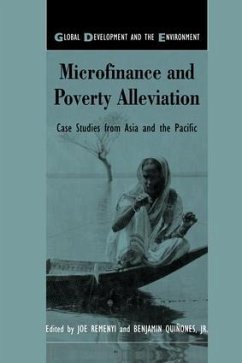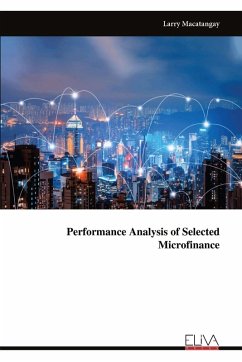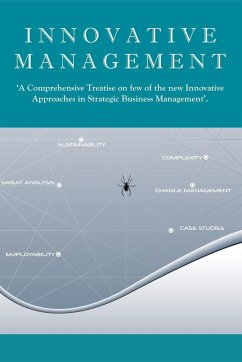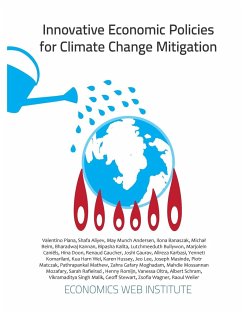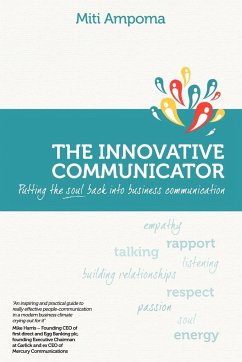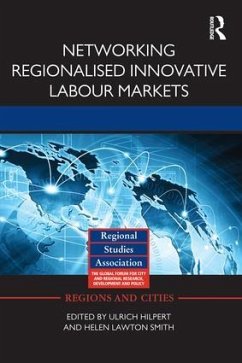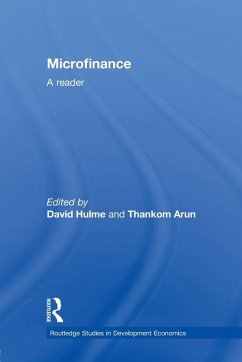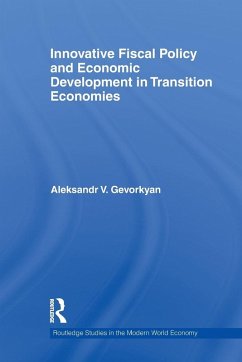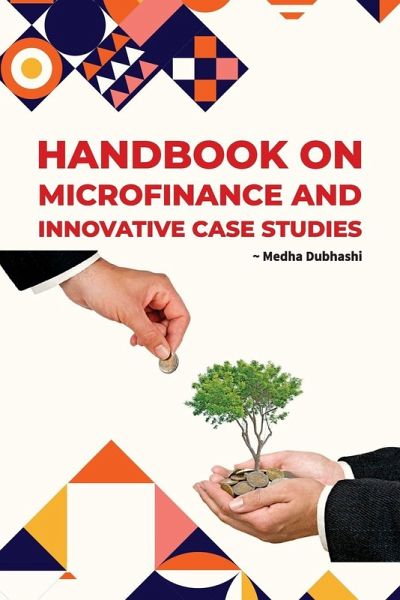
Handbook on Microfinance and Innovative Case Studies
Versandkostenfrei!
Versandfertig in 1-2 Wochen
17,99 €
inkl. MwSt.

PAYBACK Punkte
9 °P sammeln!
It has long been a prevailing belief within the banking sector that the poor are not creditworthy, and therefore, are not considered "bankable." This assumption has historically led to the financial exclusion of low-income populations. However, this perception has been increasingly challenged by the rise and success of microfinance initiatives around the world. One of the most prominent examples is the Self-Help Group (SHG) Bank Linkage Programme in India, which has become the largest microfinance program globally. This initiative has proven that, when organized into self-help groups, even the...
It has long been a prevailing belief within the banking sector that the poor are not creditworthy, and therefore, are not considered "bankable." This assumption has historically led to the financial exclusion of low-income populations. However, this perception has been increasingly challenged by the rise and success of microfinance initiatives around the world. One of the most prominent examples is the Self-Help Group (SHG) Bank Linkage Programme in India, which has become the largest microfinance program globally. This initiative has proven that, when organized into self-help groups, even the poorest individuals can become reliable borrowers. The Grameen Bank in Bangladesh further demonstrates how micro-lending to the poor can be both impactful and sustainable. It has pioneered innovative lending practices that empower the financially underserved, showing that extending credit to SHGs is not only feasible but also beneficial for both banks and communities. This book serves as a practical and accessible handbook for students, researchers, academicians, and practitioners alike. It offers a comprehensive overview of the concepts, models, and success stories in microfinance. Additionally, it includes a variety of innovative and well-documented case studies that enrich the teaching and learning experience. These cases enhance the pedagogy of microfinance and provide valuable insights for those engaged in development finance and social entrepreneurship.




